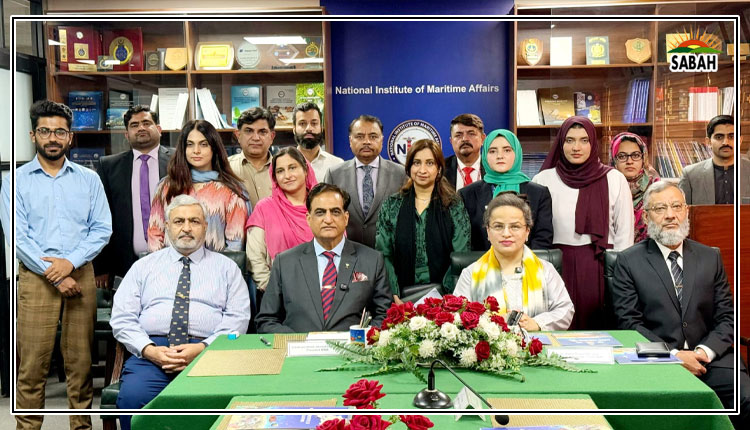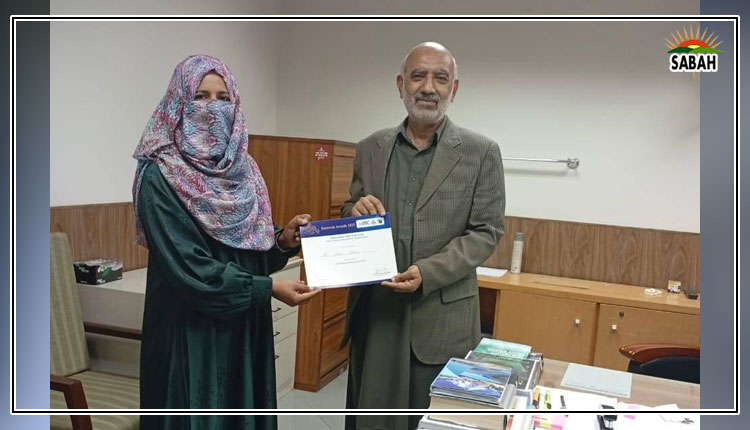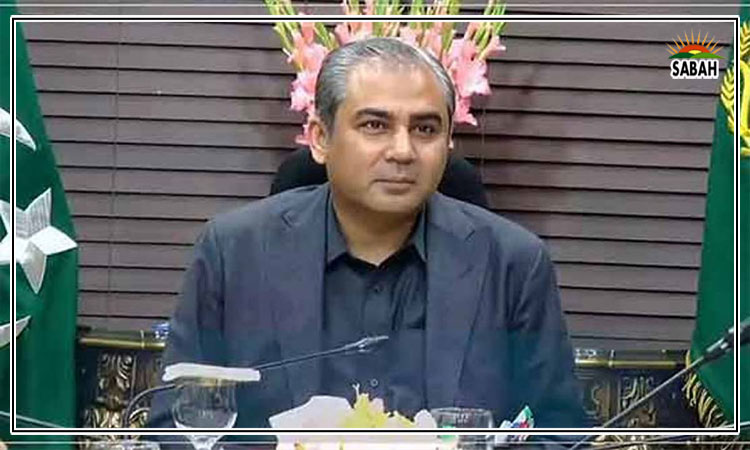Piecemeal approaches to climate change….Syed Mohammad Ali
Countries around the world, including Pakistan, are gearing up for next month’s climate summit in the UAE. However, given the current state of global affairs, we may not see adequate funding being provided to help countries in the global south confront the crippling burden of climate disasters.
After the devastating floods this past year, the Pakistan government prepared a Resilient Recovery, Rehabilitation and Reconstruction Framework (4RF) to build incremental capacity to deal with climate threats. Pakistan was assessed to need over $16 billion dollars to cope with the 2022 floods alone, and at a UN backed conference, donors pledged over $9 billion to help with the recovery. Whether all this pledged money will be received remains to be seen. But even this massive amount will not be sufficient to contend with varied climate-induced challenges facing the country in the longer run.
This year, Pakistan experienced flooding again, but was spared another catastrophic climate event. Rich and industrialised countries have vowed to create a ‘loss and damage’ fund for climate-hit poorer countries of the global south, but no money has arrived yet. Pakistan thus remains heavily dependent on piecemeal project-based funding to cope with its climate threats. Besides varied bilateral and multilateral projects to provide flood relief, the World Bank has signed off on a $200 million initiative, a citizen-driven rural investments and rehabilitation plan for Khyber-Pakhtunkhwa. The Recharge Pakistan project has secured an even larger amount, of around $77, from the Green Climate Fund, USAID, Coca-Cola Foundation and the World Wildlife Fund. Recharge Pakistan aims to replenish some of the country’s aquifers which have depleted alarmingly due to unchecked groundwater extraction.
While these efforts are useful, the scale of climate induced problems will require more comprehensive and sustained efforts for decades to come. Before the 2022 floods, the caretaker government had approved the country’s biggest climate initiative, the Living Indus initiative, aimed at protecting the freshwater lifeline of the country from environmental degradation and other anthropogenic activities. But the estimated cost of this project is $11-17 billion which will be difficult for Pakistan to muster, alongside responding to recurrent climate related disasters.
Moreover, our policy planners continue promoting unsustainable urban development projects, and pollution of our air and water also continues with reckless abandon. Pakistan has become more dependent on fossil fuels to generate energy via Chinese provided financing. The country also remains keen to attract major Saudi funding for an oil refinery.
While there has been some discussion on the need for insulating environmental policies from politics during the PTI government, no such consensus has been secured. A National Adaptation Plan was prepared by the caretaker set-up a few months ago, but there is no assurance that the incoming government will adhere to this seven-year plan.
It is difficult to reliably assess how much forest cover has been restored via the ‘tree tsunami’ initiative and how this initiative is faring at present. There are ongoing mangrove restoration efforts along the coastal areas of Sindh, being financed via carbon off-set schemes. While such schemes have been criticised for enabling rich countries to continue emissions by buying carbon credits from poorer countries, at least the financing for these schemes is less dependent on political will.
Pakistan’s climate challenges not only pose major threats to the health and welfare of its citizenry but also have the potential to exacerbate conflicts with India and Afghanistan, with which Pakistan shares transborder rivers that are being increasingly stressed due to global warming.
An advisory board set up by the UN Secretary General to make multilateralism more effective stressed the need for the World Bank and the other multilaterals to provide financing to contend with transborder challenges. Regions like South Asia — a climate hotspot which is home to neighboring states with lingering rivalries — could provide an ideal location to test such multilateral enabled collaboration.
Courtesy The Express Tribune, October 27th, 2023.












